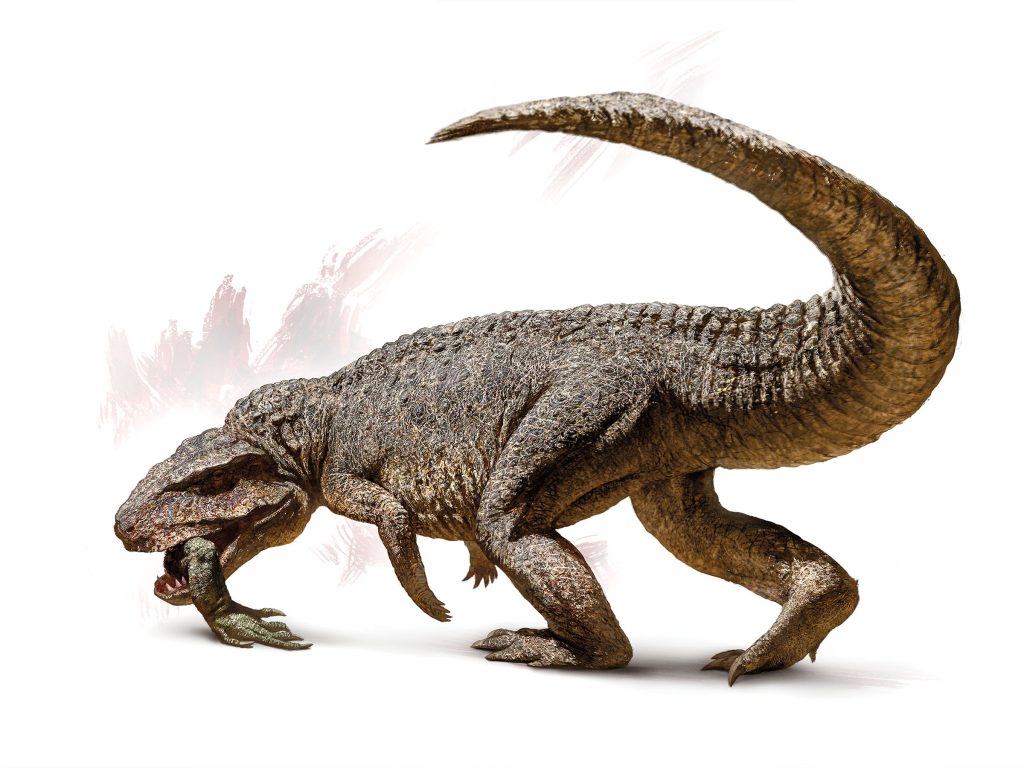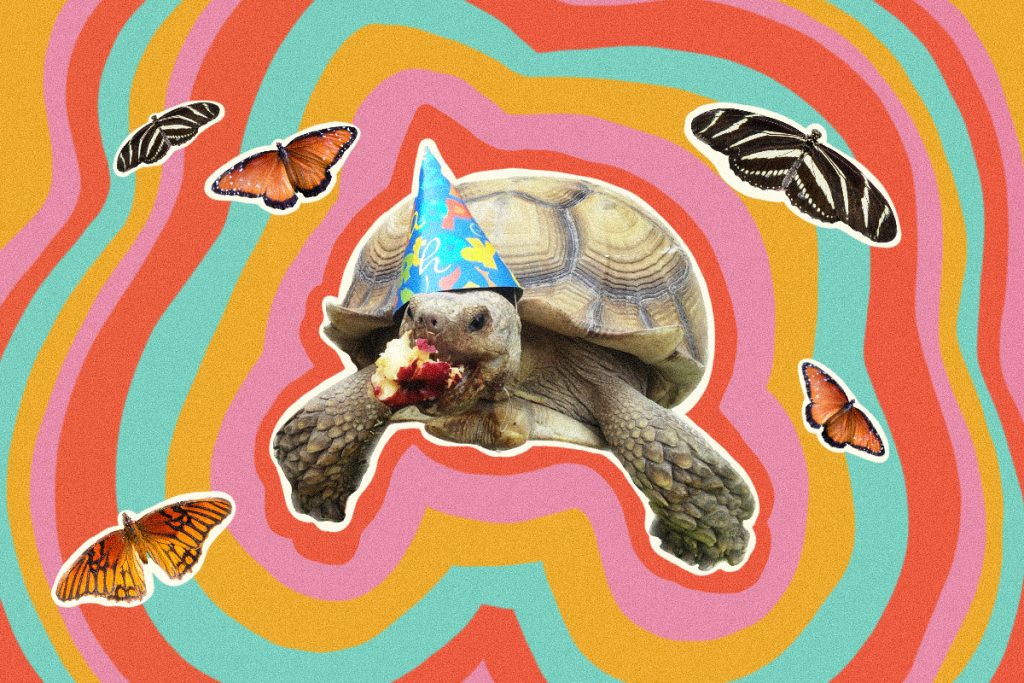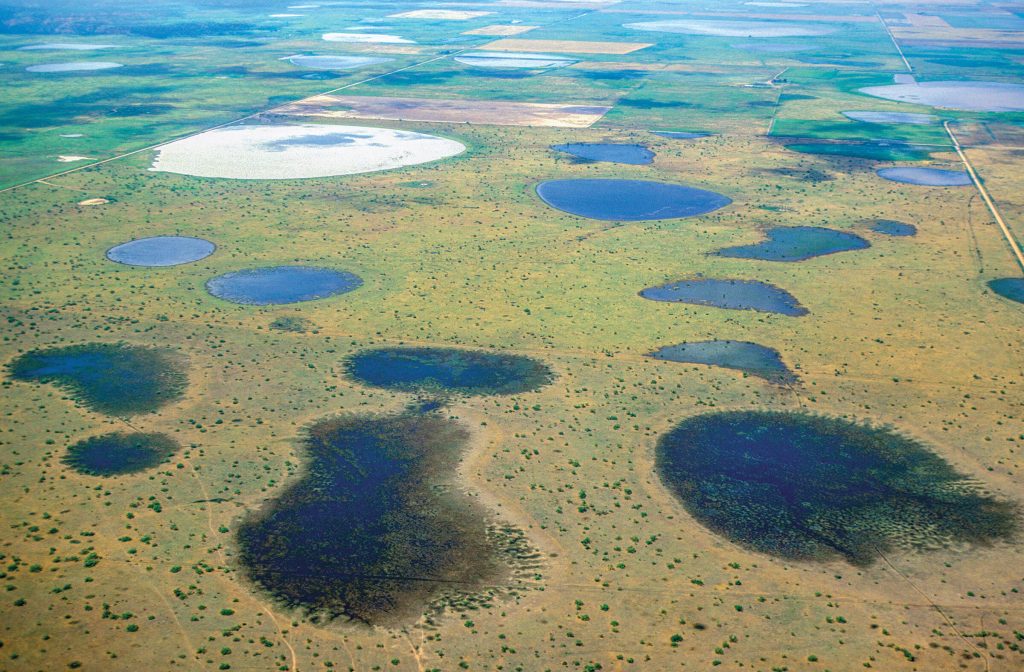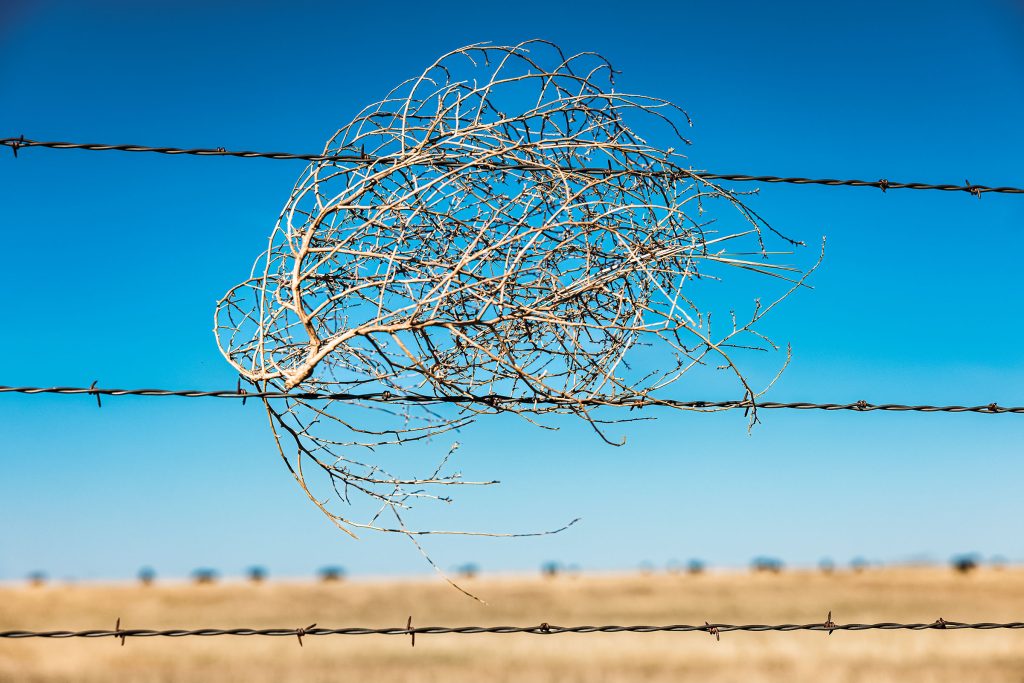Horsepower
Wild mustangs helped shape the state’s cowboy culture
By Asher Elbein
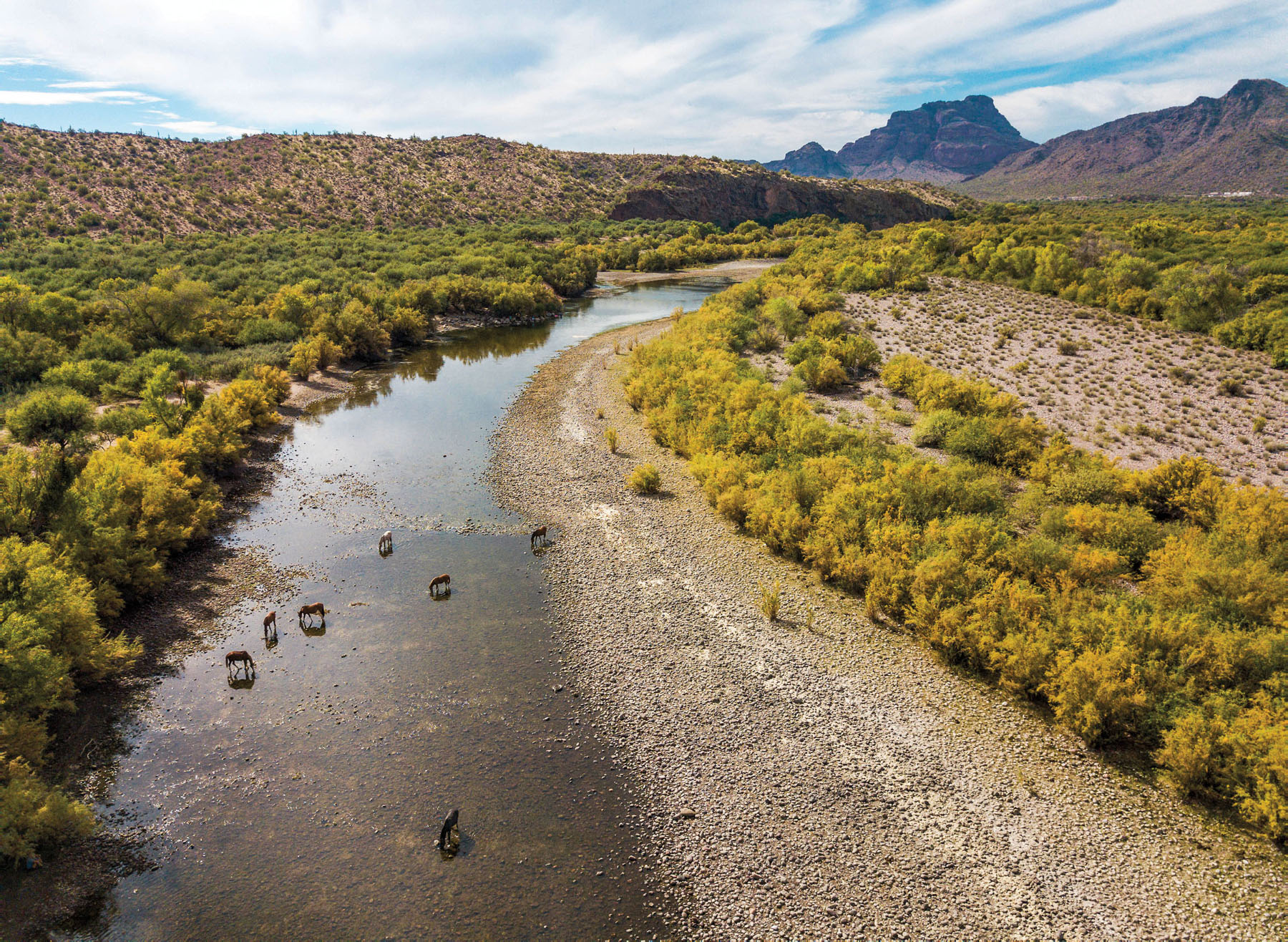
Texas used to be horse country. In the 19th century, a vast swath of South Texas was known as the Wild Horse Desert, an unforgiving landscape of chaparral and scrub patrolled by herds of mustangs. These bucking broncos and faithful mares became a central part of Texan folklore. “Of all the monuments which the Spaniard has left to glorify his reign in America, there will be none more worthy than his horse,” said Frederic Remington, a Western frontier painter, in an 1888 Century Magazine interview.
The first record of Spanish-imported mustangs in Texas dates to 1542. They likely got their name from the Spanish word mesteño, or “belonging to the stockmen.” The Spanish mustang spread rapidly throughout the continent, and its agility, toughness, and endurance made it the favored horse of the ranch hand and frontiersman. Wild horses in the U.S. likely numbered in the hundreds of thousands at their peak. But with the enclosure of the open range, wild herd numbers dwindled due to habitat loss, competition with domestic horses, and efforts to round up and domesticate them. By the late 1800s, mustangs had disappeared even from Texas’ Mustang Island, named for the abundance of the breed.
Though there aren’t any truly wild mustangs left in Texas, a small number continue to roam public lands in Western states. And since they gave rise to many modern breeds, like quarter horses, their lineage remains in other horses today: a symbol of a vanished, fondly remembered frontier.
Giddyup
The American Quarter Horse Hall of Fame & Museum in Amarillo tells the history of the breed, which originated in part from Colonial Spanish mustangs and wild horses. It also contains the American Quarter Horse Hall of Fame with portraits of famous horses and riders.
aqha.com
The King Ranch Museum in Kingsville memorializes the history of the South Texas rangeland that overlapped with the Wild Horse Desert, and it currently has an exhibition on the history of the ranch’s quarter horses. The ranch also offers nature tours.
king-ranch.com/museum
4.6 feet
Height of an average Colonial Spanish mustang at the shoulder
1 million
Estimated number of wild horses that once roamed Texas
2,000
Estimated number of purebred Colonial Spanish mustangs left in the world
Colonial Spanish
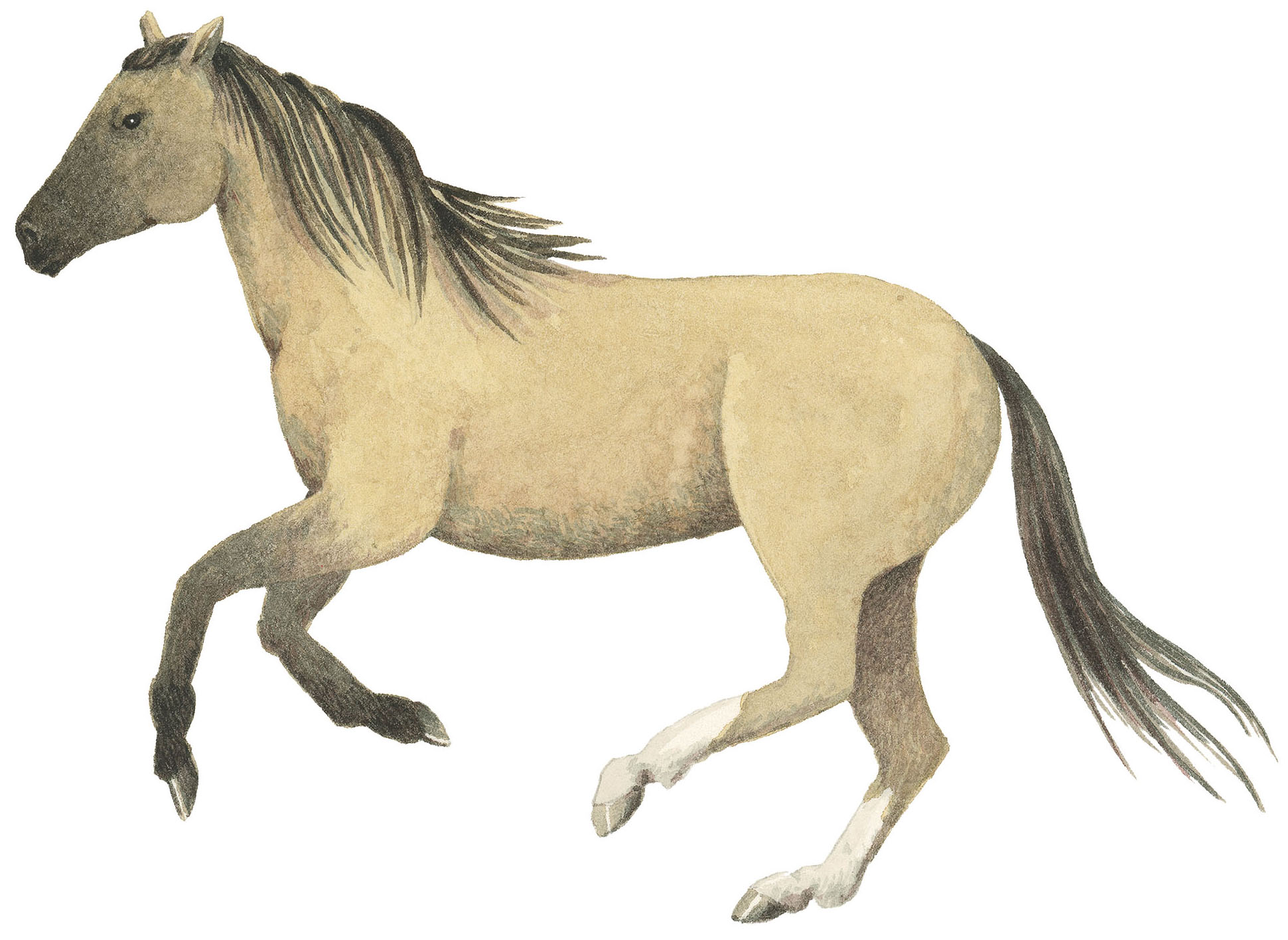
Quarter Horse
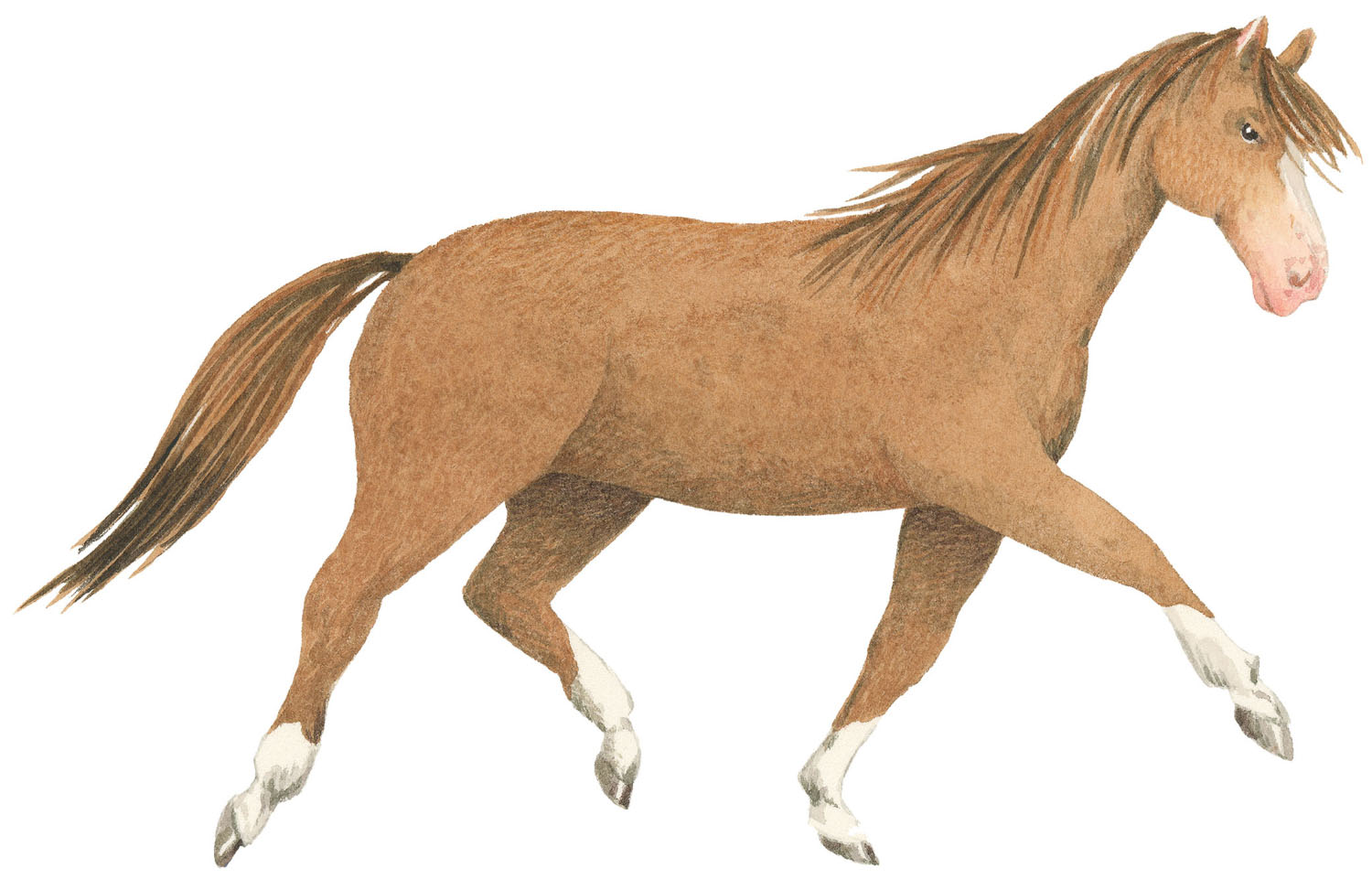
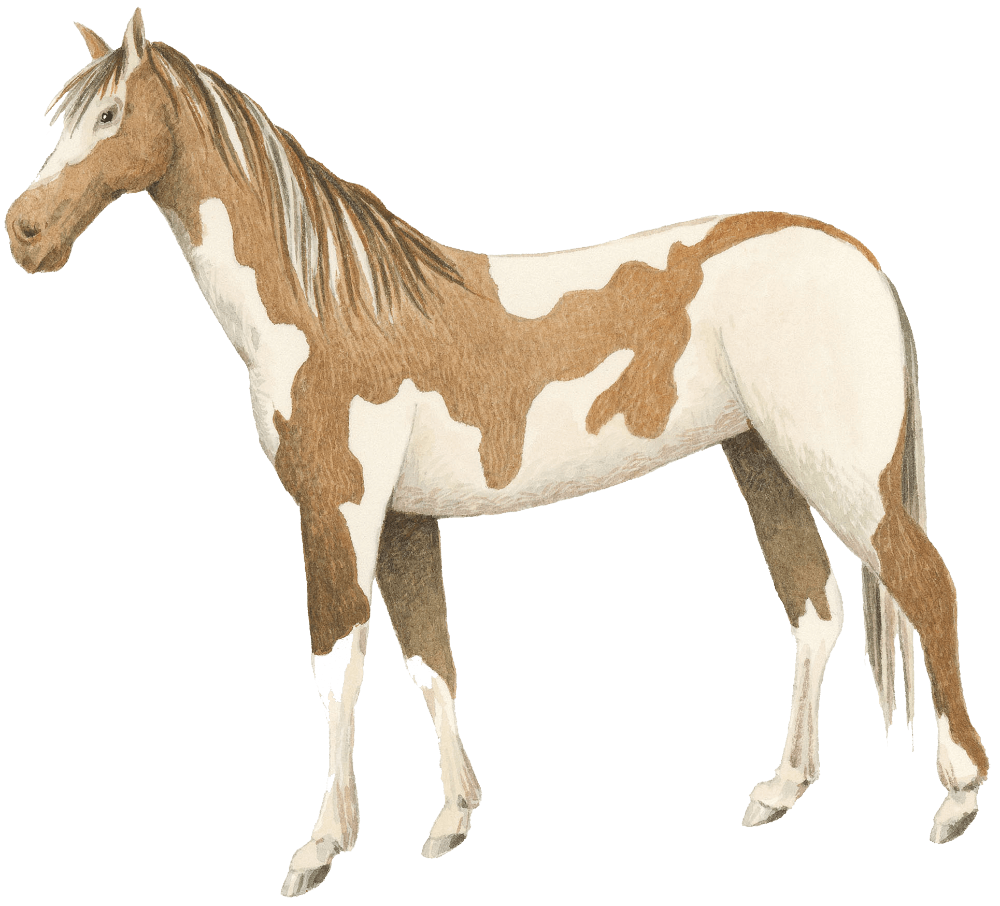
American Paint
Thoroughbred
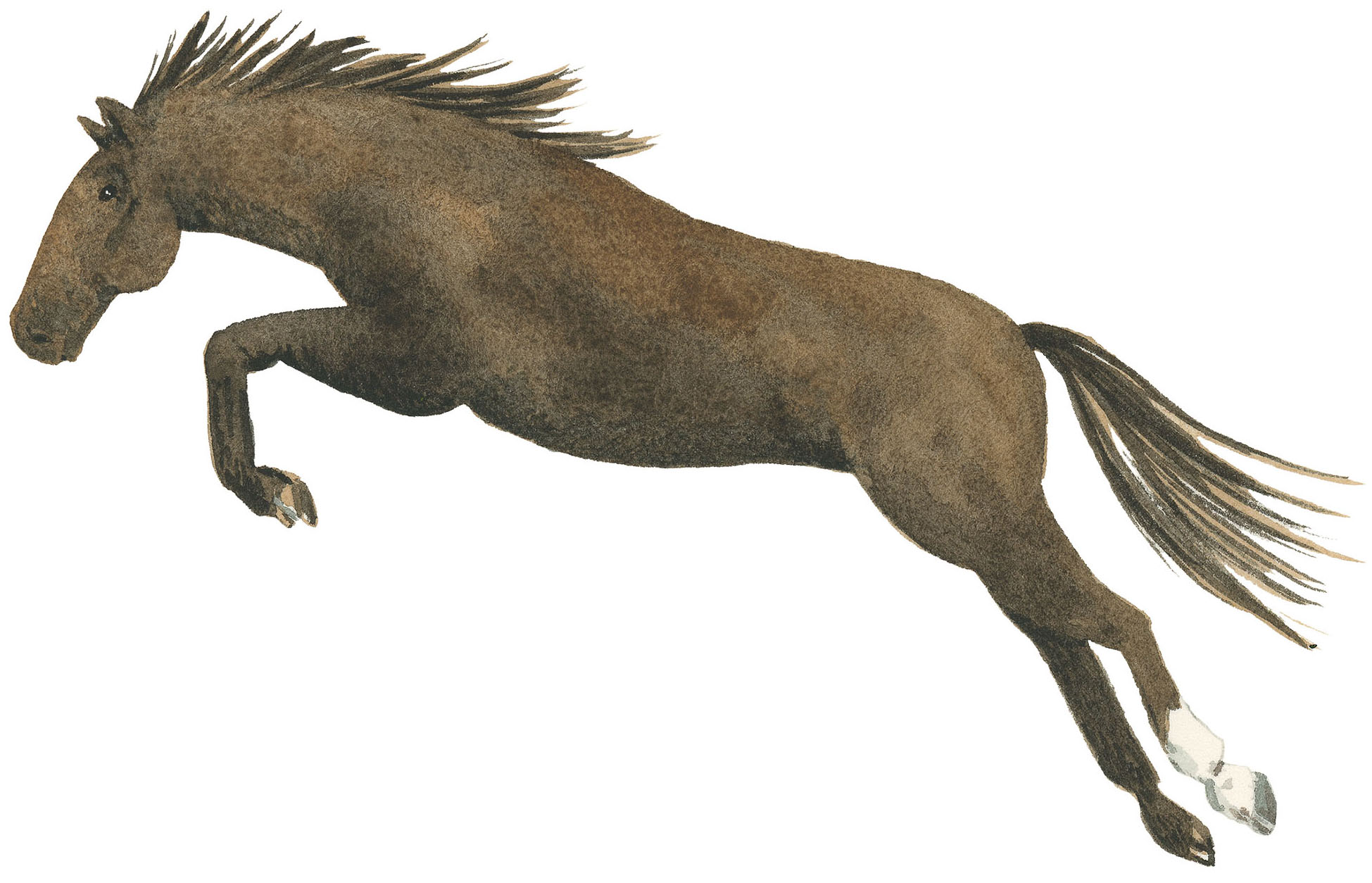
Hold Your Horses
Colonial Spanish. Bred originally from the mixture of Iberian and Arabian horses in Spain, this elegant, multicolored breed thrived in the Americas. All modern Western horses are descended—at least in part—from this breed.
Quarter Horse. Formally registered in 1941, the breed was originally known as a “quarter-mile running horse,” as it is one of the fastest horses for the task. Their heavy hips and heavy shoulders bear fast-twitch muscles that “fire like a cannon,” says Vickie Ives, owner of Karma Farms and vice president of the Horse of the Americas registry.
Thoroughbred. One of the oldest modern horse breeds, the thoroughbred is traditionally used for jumping, riding, and racing. Originally from England, the breed is relatively tall and lanky and is a mix between Arabian and native British horses.
American Paint. A white base coat and large blotches of darker color across the body forms the common “pinto” pattern of this breed. These are among the most popular American horses.
Illustrations by Marieke Nelissen
Bred to Be Wild
Once, the Colonial Spanish mustang ranged from California to the Outer Banks of North Carolina. But in the 1900s, ranchers began turning domesticated horses loose onto public lands, where they bred with Colonial Spanish mustangs. This led to the wild blend of American mustangs living on Bureau of Land Management land nationwide today. As a result, purebred Colonial Spanish mustangs are extremely rare.
Concerted Spanish mustang breeding efforts began in the 1950s, as enthusiasts worked to preserve the breed using careful lineage registries. With around 65 horses, the 150-acre Karma Farms in Marshall is one of the largest breeders of Colonial Spanish horses in the state. Vickie Ives, owner of Karma Farms and vice president of the Horse of the Americas registry, has bred them since 1973, when she rode a friend’s Colonial
Spanish mare during long-distance trail-riding competitions. She got herself a Colonial Spanish stallion and eventually started breeding her own. “Because the breed’s so rare, you may have to search all over the U.S. to find a horse,” she says.
Why keep these horses around? Not only are they handsome, Ives says, but they’re fine horses and important to America’s heritage. “They come from a time when horses were real transportation,” Ives says. “They ran the Pony Express; they drove the Longhorns to market. Most people don’t recognize them because they don’t look like modern horses.”
